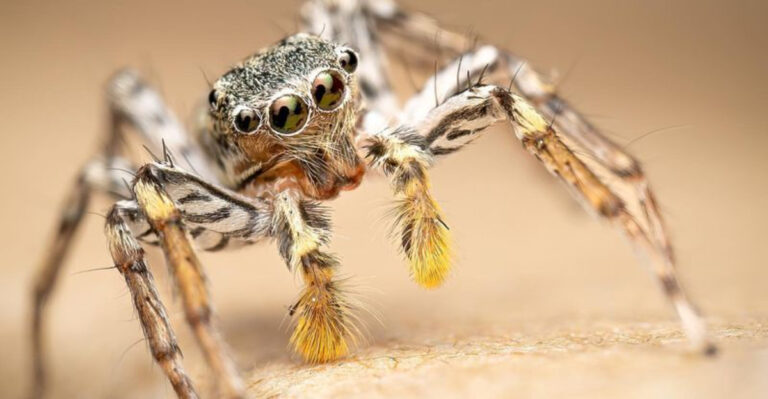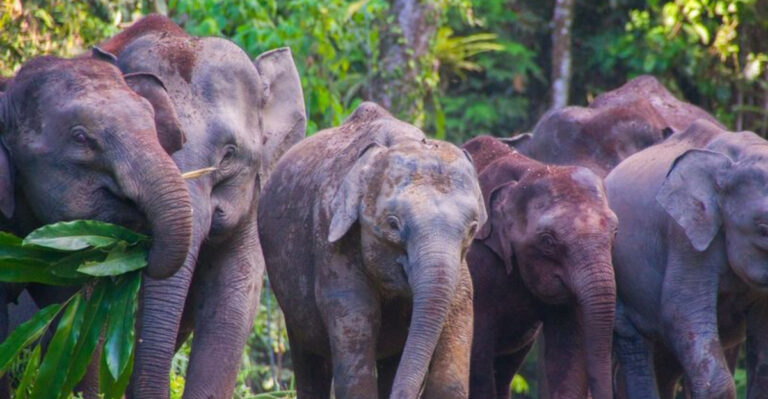New Species Of Egg-Laying Mammal Rediscovered After 60 Years In Indonesia
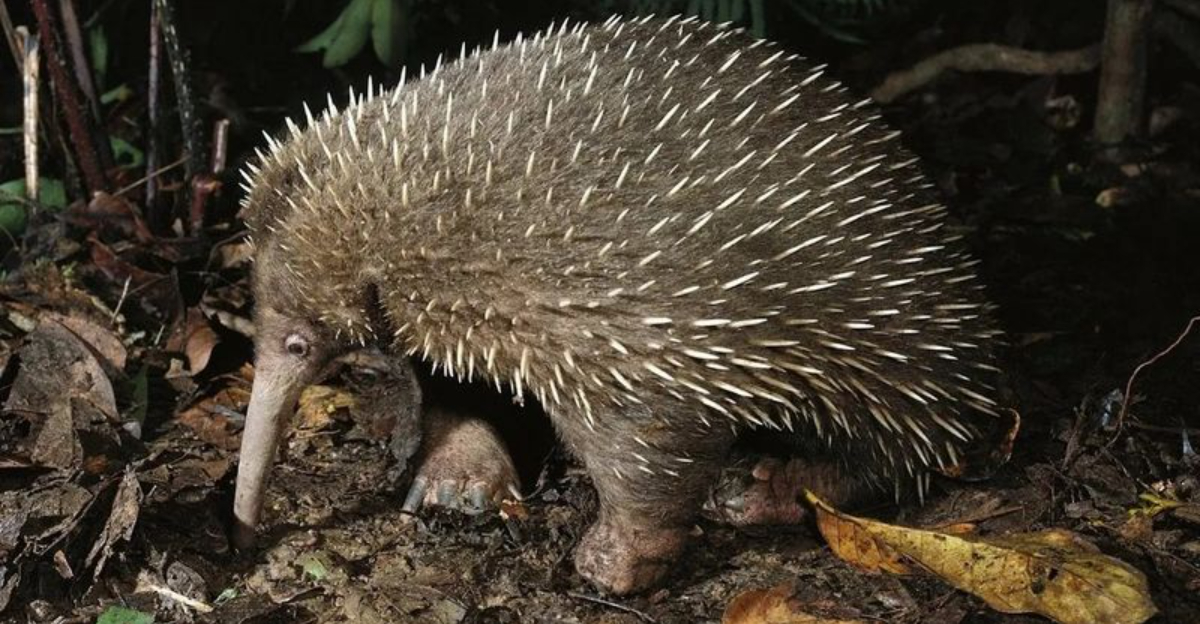
Scientists have made an extraordinary discovery in the remote Cyclops Mountains of Indonesia. The long-beaked echidna, a rare egg-laying mammal thought to be extinct, has been captured on camera for the first time since 1961.
This remarkable rediscovery gives wildlife conservationists renewed hope for the survival of this unique species. The finding reminds us that sometimes animals we believe to be lost forever are still hiding in Earth’s most untouched corners.
1. A Rare Find: The Long-Beaked Echidna’s Return
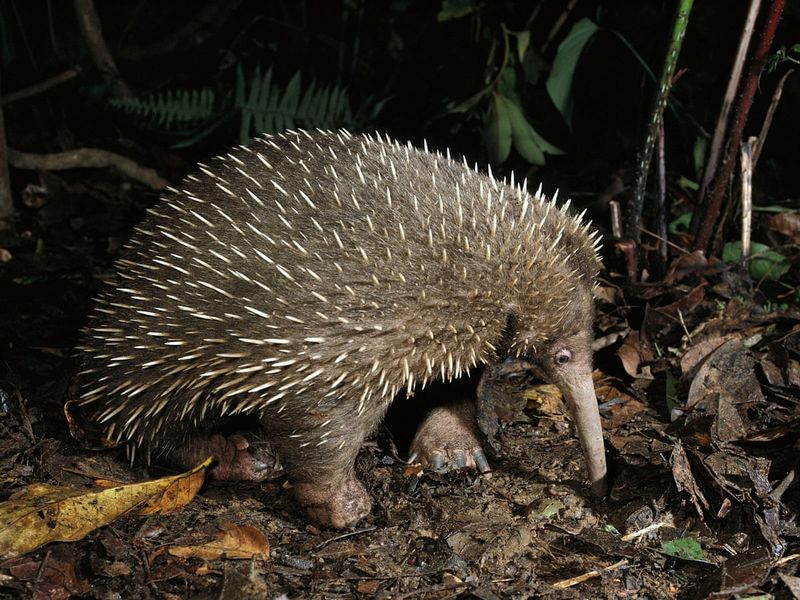
Scientists gasped with excitement when camera traps captured images of the Attenborough’s long-beaked echidna in Indonesia. This spiny creature, resembling a cross between a hedgehog and an anteater, was last seen in 1961 when researchers collected a single specimen.
For decades, wildlife experts feared the worst – that this mysterious mammal had vanished forever. The recent photos confirm that this living fossil still roams the forest floor, snuffling for worms and insects with its sensitive snout.
The echidna belongs to an exclusive club of egg-laying mammals called monotremes, with only platypuses and echidnas remaining on Earth today.
2. First Sighting In 60 Years: The Long-Beaked Echidna
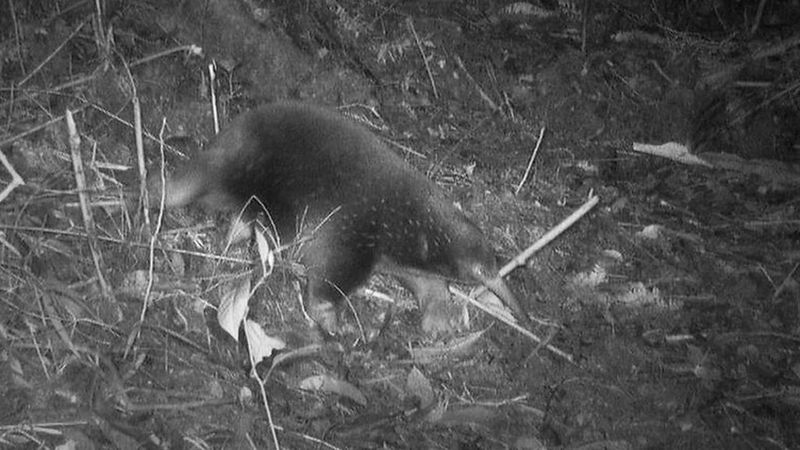
Camera traps placed throughout the Cyclops Mountains captured the impossible – a long-beaked echidna shuffling across the forest floor after six decades of absence. Researchers had placed over 80 cameras throughout the remote terrain, hoping but not truly expecting to glimpse this elusive creature.
The moment when scientists reviewed the footage marked a milestone in wildlife conservation. Many had written off the species as another casualty of habitat destruction.
This rediscovery joins other remarkable “back from the dead” moments in zoology, proving that some animals can hide from human detection for generations while continuing their ancient ways of life.
3. Hope For Conservation: The Rediscovery Of The Long-Beaked Echidna
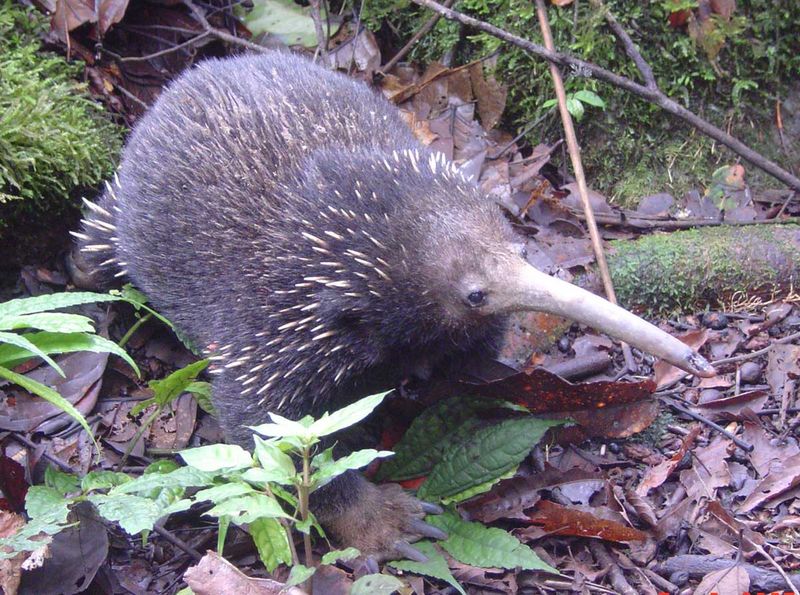
Conservation efforts just received an unexpected boost with the echidna’s reappearance. When species vanish for decades, funding and protection measures often disappear too – why protect something that’s already gone?
The echidna’s return changes everything. Indonesian authorities now have compelling evidence to strengthen protection of the Cyclops Mountains habitat. International conservation groups are pledging support for new research and anti-poaching efforts.
Local communities near the mountains have expressed pride in hosting such a rare creature. This newfound celebrity status for the region could transform how residents view their forests – not as resources to be harvested but as irreplaceable treasures worth protecting.
4. Where The Long-Beaked Echidna Was Found In Indonesia

The rugged Cyclops Mountains rise dramatically from Indonesia’s northern coast on the island of New Guinea. Named for the one-eyed giants of Greek mythology, these mountains reach nearly 7,000 feet despite being just a few miles from the ocean.
Dense rainforests blanket the slopes, creating a biological fortress that has sheltered the echidna from human disturbance. Steep terrain and frequent rainfall have limited development and protected countless species found nowhere else.
The mountains sit near Jayapura, the capital of Indonesia’s Papua province. While other parts of New Guinea have faced extensive logging and mining, the Cyclops range has remained relatively untouched – a last refuge for creatures like the long-beaked echidna.
5. Why The Rediscovery Of The Echidna Matters

Finding the long-beaked echidna represents more than just locating a missing animal – it’s like rediscovering a walking fossil. These creatures have remained largely unchanged for millions of years, offering scientists a living window into prehistoric times.
The echidna’s unique biology – laying eggs despite being a mammal – continues to fascinate researchers studying evolutionary pathways. Their specialized electroreceptors can detect electrical signals from prey, a rare ability shared with few other animals.
Beyond science, the rediscovery challenges our assumptions about extinction. If this creature could remain hidden for 60 years in a relatively small mountain range, what other “extinct” species might still exist in Earth’s remaining wild places?
6. The Egg-Laying Mammal That Was Lost For 60 Years
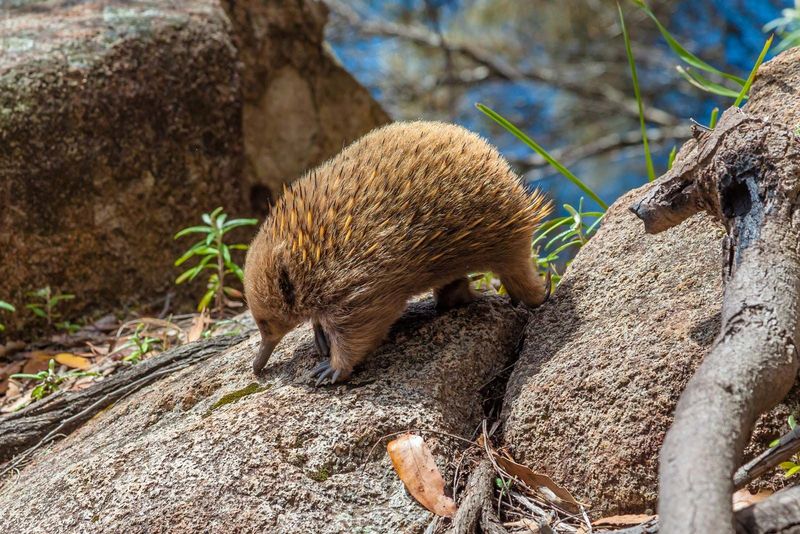
Imagine a mammal that lays eggs, has no teeth, detects electrical signals, and sports a coat of spines. The long-beaked echidna breaks all the typical mammal rules, making its rediscovery particularly exciting for biologists worldwide.
Female echidnas develop a temporary pouch when breeding. After laying a single egg, they incubate it there until hatching, when the bean-sized baby (called a puggle) emerges. The mother has no nipples – instead, milk patches on her skin nourish the growing puggle.
Scientists estimate these creatures live up to 50 years in the wild. This longevity means some echidnas photographed recently might have been alive during the original 1961 sighting!
7. Exploring The Cyclops Mountains: Home Of The Rediscovered Echidna

The expedition that rediscovered the echidna faced tremendous challenges. Team members hiked through nearly vertical terrain, battled leeches and mosquitoes, and endured drenching downpours that turned trails into mudslides.
Camera traps were strategically placed near fallen logs and along animal paths where echidnas might search for their favorite foods – earthworms and termites. Months passed before researchers could return to collect the memory cards, not knowing if their efforts would yield results.
Local guides provided crucial knowledge about the mountain’s secrets. Their understanding of seasonal patterns and wildlife behavior proved invaluable, demonstrating once again how indigenous knowledge complements scientific research in conservation breakthroughs.
8. The Long Journey To Rediscover The Long-Beaked Echidna

The search for the long-beaked echidna began years before the successful camera trap images. A 2007 expedition found promising footprints and burrows but no direct evidence. In 2018, interviews with local hunters revealed occasional sightings, rekindling hope among researchers.
The breakthrough came when conservation groups partnered with indigenous communities who knew the mountains intimately. Traditional ecological knowledge pointed researchers toward specific valleys where unusual digging marks had been spotted.
Persistence ultimately paid off. After multiple failed attempts and thousands of hours of empty camera footage, the team captured unmistakable images of the creature. The moment represented years of dedication from scientists who refused to give up on finding this living treasure.
9. Footage Of The Long-Beaked Echidna Brings Conservation Hope

The grainy nighttime footage shows a distinctive spiny form moving slowly across the forest floor. Though just seconds long, this video evidence sent shockwaves through the conservation community and beyond. Social media exploded with shares of the echidna images, bringing global attention to this forgotten species.
Wildlife filmmakers are now planning expeditions to capture higher-quality footage. Documentary teams hope to record the first professional video of wild long-beaked echidnas, potentially revealing behaviors never before documented.
The public response has been tremendous, with donations pouring into conservation organizations working in the region. This newfound celebrity status may be exactly what the species needs to ensure its continued survival.
10. What The Rediscovery Of The Long-Beaked Echidna Means For Survival
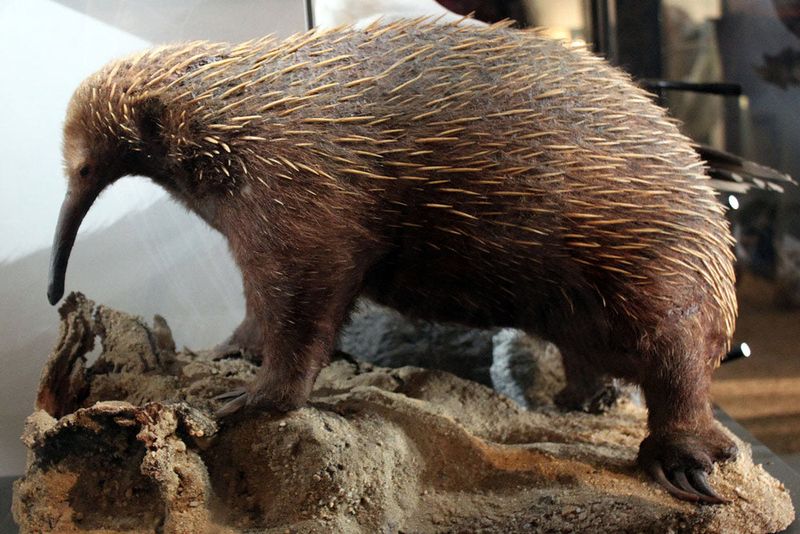
Population estimates for the rediscovered echidna remain concerning. Experts believe fewer than 50 individuals might exist in the wild, placing it among the world’s most endangered mammals. Their slow reproduction rate – producing just one offspring every 2-3 years – makes recovery particularly challenging.
Threats continue to mount despite the exciting rediscovery. Logging operations approach the mountain’s edges, while hunting remains a risk despite local protections. Climate change poses perhaps the greatest long-term threat, as the echidna’s specialized habitat may shrink with warming temperatures.
Recovery plans now being developed include expanded protected areas, captive breeding possibilities, and working with communities to establish sustainable livelihoods that don’t harm the echidna’s habitat.
11. From Near Extinction To Rediscovery: The Echidna’s Comeback
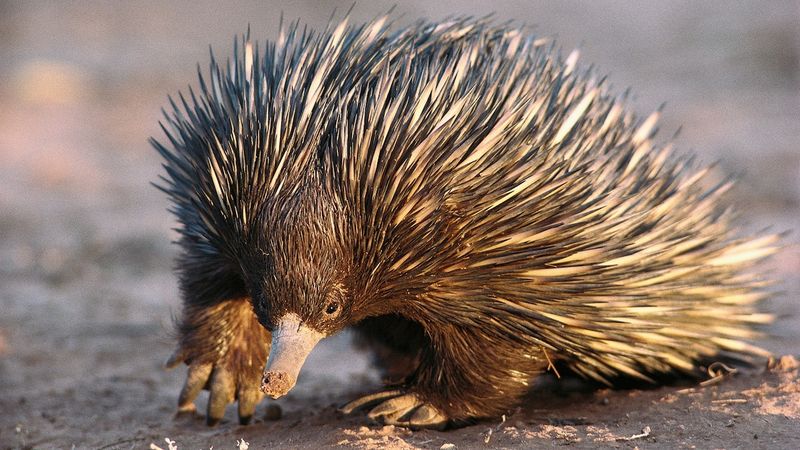
The echidna’s return represents a rare second chance for conservation. Most species that vanish for decades never reappear – they’re truly gone forever. The long-beaked echidna joins an exclusive club of “Lazarus species” that have returned from presumed extinction.
Moving forward, scientists are implementing emergency conservation measures. Genetic samples collected from footprints and feeding sites will help determine if the population has enough diversity to recover or if it’s caught in an extinction vortex.
Hunting has been banned in critical habitat areas. Local communities are being trained as wildlife guardians, creating sustainable income through conservation rather than resource extraction. The echidna’s future remains uncertain, but for the first time in generations, there’s genuine hope.
12. The Impact Of Rediscovering The Long-Beaked Echidna
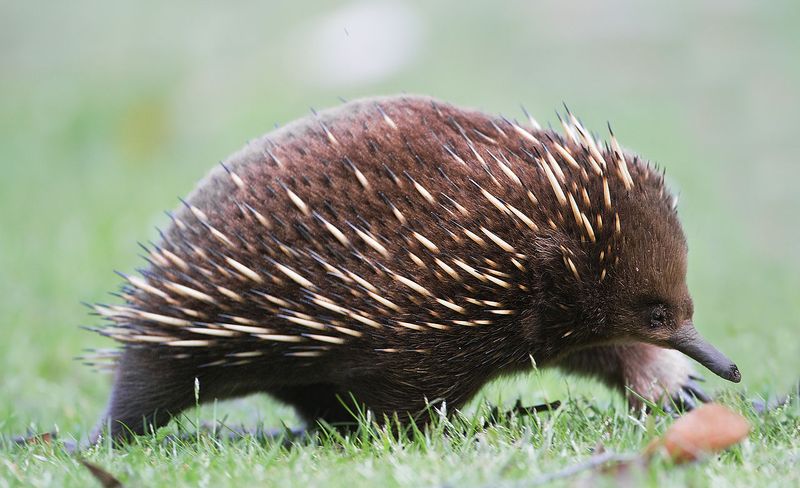
The echidna’s reappearance has sparked a scientific renaissance in the region. Research teams from universities worldwide are applying for permits to study this living fossil. Biologists hope to answer questions about its unique sensory abilities, social structure, and ecological role.
Tourism officials see potential for carefully managed wildlife tourism that could fund conservation while providing sustainable income for local communities. Any such development would require strict controls to prevent disturbing the fragile population.
Most significantly, the Indonesian government has accelerated plans to expand the protected area around the Cyclops Mountains. What started as the rediscovery of one species may ultimately protect thousands of others that share its forest home – a conservation triumph born from a single camera trap image.


